News & Updates

Hamden’s Literary Legend
Thornton Wilder, author of such renowned works as Our Town, The Matchmaker, and The Bridge of San Luis Rey, lived in Hamden for much of his life.
Read
Just Pour Over Ice – Who Knew?
The Heublein Restaurant served its thirsty customers pre-mixed cocktails that became so wildly popular they had to build a distillery just to meet demand.
Read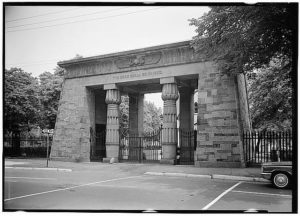
Father of Architects Born – Today in History: December 4
On December 4, 1804, “Father of Architects” Henry Austin was born in the Mt. Carmel section of Hamden, Connecticut.
Read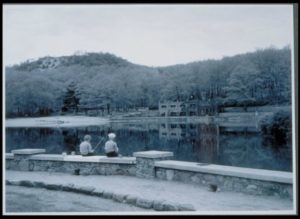
Mr. & Mrs. Rockwell’s Park
In 1914, bell and ball bearing manufacturer Albert Rockwell donated 80 acres of land to the city of Bristol for the creation of a public park.
Read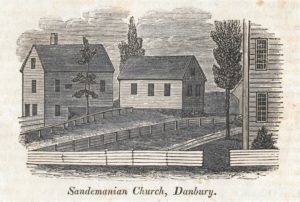
The Sandemanians
The Sandemanians of Danbury were a semi-communal sect whose local influence outweighed its tiny numbers.
Read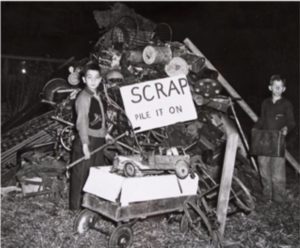
Women and Defense: World War II on the Connecticut Home Front
Women who stepped into civil defense positions managed and implemented programs that educated the public, promoted war bond sales, and aided emergency preparedness.
Read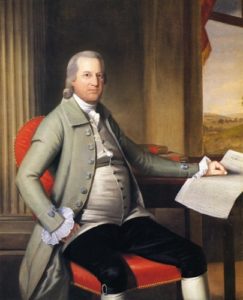
Oliver Wolcott Dies – Today in History: December 1
On December 1, 1797, signer of the Declaration of Independence Oliver Wolcott died while serving his term as Connecticut’s governor.
Read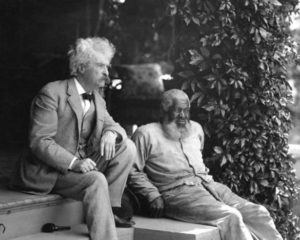
A Life Lived in a Rapidly Changing World: Samuel L. Clemens
Samuel Clemens experienced America’s rapid change—from westward expansion to industrialization‚ the end of slavery‚ advancements in technology‚ and foreign wars.
Read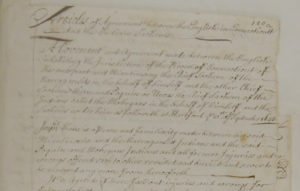
Slavery and the Pequot War
Diaries, letters, and other sources from the early colonial era document cases of Native enslavement, including during the Pequot War.
Read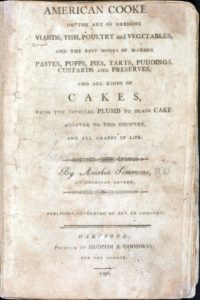
Amelia Simmons Adds a Uniquely American Flavor to Cooking
In 1796, Amelia Simmons authored American Cookery—believed to be the first cookbook authored by an American published in the United States.
Read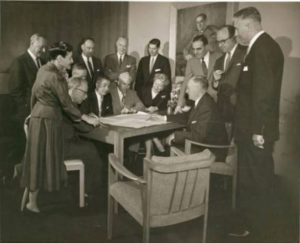
Beatrice Fox Auerbach: Retail Pioneer Led Iconic Family Department Store
Beatrice Fox Auerbach was pioneering retail executive who ran the G. Fox & Co. department store and numerous philanthropic benefiting people in Hartford and around the world.
Read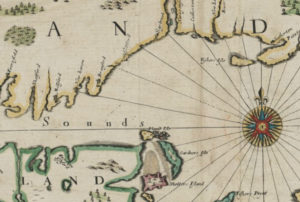
Lion Gardiner Helps to Fortify Early Old Saybrook
In 1635, the governor of the Saybrook colony hired engineer and soldier Lion Gardiner to build a critically needed fort for protection from both the Dutch colonists and local Native American tribes.
Read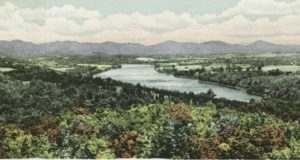
The Connecticut Valley Authority That Never Was
In the early 20th century, supporters of the New Deal tried to recreate the Tennessee Valley Authority in the Connecticut River Valley.
Read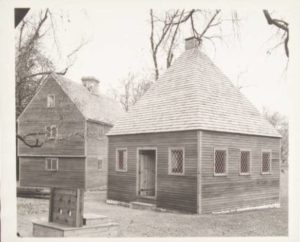
What’s a Puritan, and Why Didn’t They Stay in Massachusetts?
Mean-spirited, repressed souls or persecuted refugees and rugged egalitarians? Connecticut’s state historian sets the record straight.
Read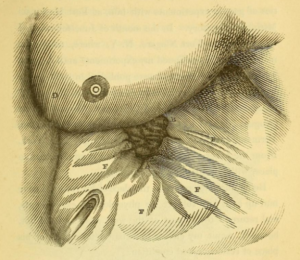
The Father of Gastric Physiology Born – Today in History: November 21
On November 21, 1785, physician and physiologist William Beaumont was born in Lebanon.
Read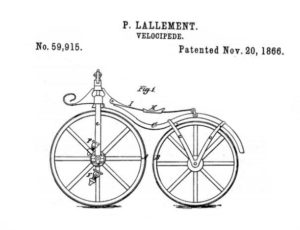
Pierre Lallement and the Modern-Day Pedal Bicycle – Today in History: November 20
On November 20, 1866, mechanic Pierre Lallement, a temporary resident of New Haven, Connecticut, received a patent for an improvement in velocipedes.
Read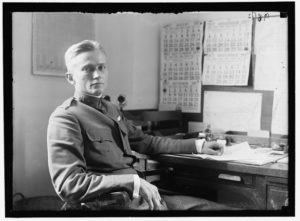
Hiram Bingham III: Machu Picchu Explorer and Politician
Hiram Bingham III was a distinguished scholar and public servant attached to a line of the Bingham family that has lived in Salem, Connecticut, for generations.
Read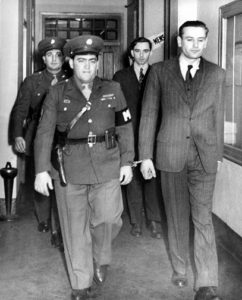
A Connecticut Nazi Spy Has a Change of Heart
A Connecticut-born Nazi spy, William Colepaugh, had a change of heart and turned himself in to the FBI on December 26, 1944.
Read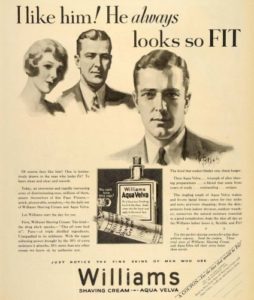
The Aqua Velva State – Today in History: November 17
On November 17, 1917, the J.B. Williams Company of Glastonbury filed a trademark with the US Patent and Trademark Office for the Word Mark “Aqua Velva.”
Read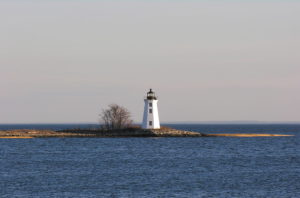
Kate Moore: Lighthouse Keeper and Coast Guard Heroine
In the 1800s, Kate Moore was pioneering lighthouse keeper in Bridgeport, assuming her responsibilities at age twelve.
Read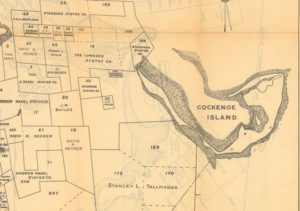
The Battle for Cockenoe Island
In 1967, the United Illuminating Company proposed to build a nuclear power plant on Cockenoe Island off the coast of Westport, but grassroots activism ultimately scuttled that plan.
Read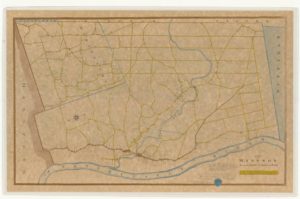
Seth Pease Surveys New Lands
This Suffield native’s work in “New Connecticut” and other Western territories reveals how the new nation took stock of its expanding borders.
Read
Helicopters, Guitars, and Guide Dogs: The Revolutionary Mind of Charles Kaman
Charles Kaman, an inventor and aviation pioneer, managed to combine all of his passions in life into successful business ventures.
Read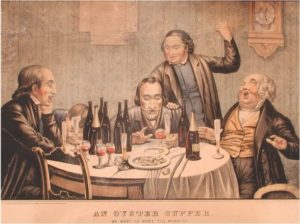
Any Month with an “R” in It: Eating Oysters in Connecticut
Lack of refrigeration and higher bacteria counts in tidal waters once made summer months a dangerous time to eat oysters.
Read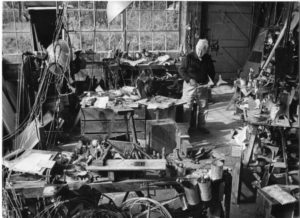
Calder in Connecticut: World-Famous Artist Called Roxbury Home
His mobiles, stabiles, and constellations are featured in museum collections around the world.
Read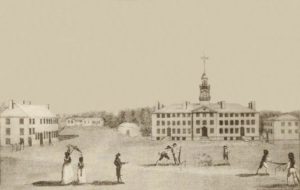
Eleazar Wheelock: Preacher, Dartmouth College Founder
Eleazar Wheelock was a notable eighteenth-century farmer, Congregational minister, revivalist, educator, and founder of Dartmouth College.
Read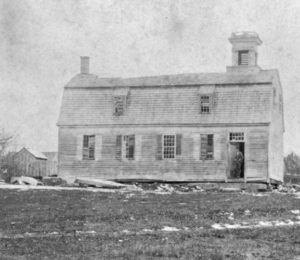
An Experiment in Evangelization: Cornwall’s Foreign Mission School
The story of the Foreign Mission School connects the town of Cornwall, Connecticut, to a larger, national religious fervor that preoccupied the United States during the Second Great Awakening.
Read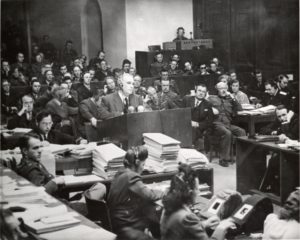
Connecticut Lawyer Prosecutes Nazi War Criminals at Nuremberg
In the immediate aftermath of World War II, Thomas Joseph Dodd served on the United States’ prosecutorial team as Executive Trial Counsel at the International Military Tribunal (IMT).
Read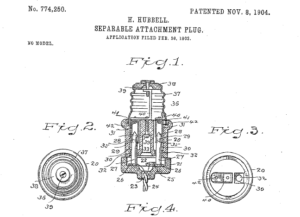
First US Detachable Electric Plug – Today in History: November 8
On November 8, 1904, Harvey Hubbell II patented the first detachable electric plug in the United States.
Read
Connecticut’s “Yankee Watch” Squadron Protects the Skies Here and Abroad
Based in Orange, Connecticut, the 103rd Air Control Squadron of the Air National Guard is one of the oldest of its kind.
Read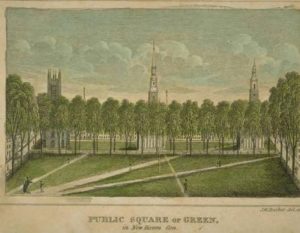
A Separate Place: The New Haven Colony, 1638-1665
In 1638, Puritan leader John Davenport led a group of settlers out of Boston, ultimately founding what became the New Haven Colony.
Read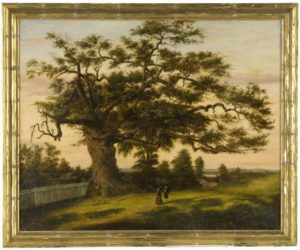
Hiding the Charter: Images of Joseph Wadsworth’s Legendary Action
Overshadowed by the famed oak, Joseph Wadsworth, “the hero of the Charter,” has become the Rodney Dangerfield of Connecticut history—he doesn’t get any respect—or much recognition.
Read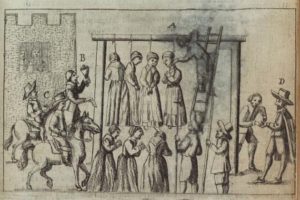
Witchcraft in Connecticut
Well before the Salem trials, Connecticut residents were executing “witches.” Connecticut is home to what was most likely the first execution of its kind in colonial America.
Read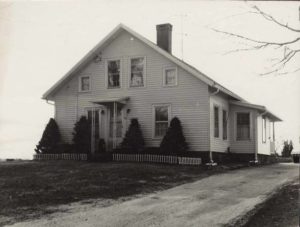
Seth Thomas Works Around the Clock in Wolcott
Seth Thomas was a Connecticut native who became a pioneer in the mass production of high-quality wooden clocks.
Read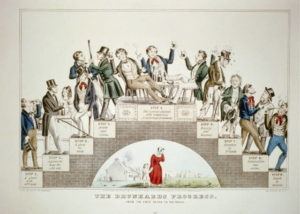
The Temperance Movement in Connecticut – Today in History: October 27
On October 27, 1841, the steamboat Greenfield traveled down the Connecticut River, transporting people to the Temperance Convention in Middletown.
Read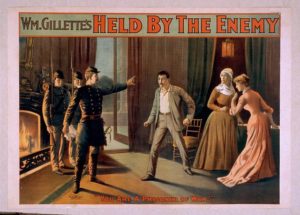
American Actor Changes 19th-Century Theater – Who Knew?
Hartford-born William Gillette, known best for his portrayal of Sherlock Holmes in film and theater, was also a successful playwright.
Read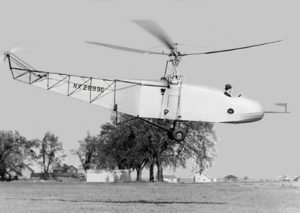
Igor Sikorsky Dies – Today in History: October 26
On October 26, 1972, aviation pioneer Igor Ivanovich Sikorsky, founder of the Sikorsky Aviation Corporation, died at his home in Easton.
Read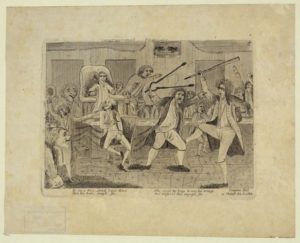
Roger Griswold: A Governor Not Afraid To Challenge Authority
Born in Lyme, Roger Griswold was a lawyer, judge, and politician who spent the better part of his life in service to Connecticut.
Read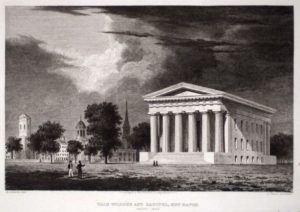
Hartford and New Haven: A Tale of Two Capitals
Before the expense of having two capital cities became too great, both Hartford and New Haven served that function. Hartford became the sole capital in 1875.
Read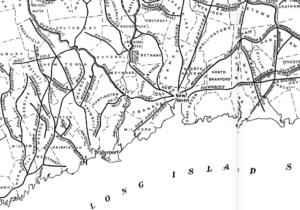
Oxford: From Paths to Pikes
When colonists first settled around Oxford, Connecticut, roads consisted of little more than footpaths, but farmers began demanding better roads.
Read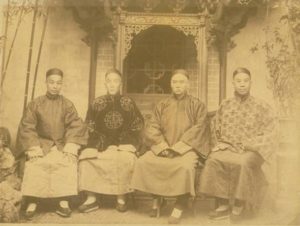
Avon’s Educational and Cultural Pioneer
Yung Wing was the first Chinese student to graduate from a university in the United States.
Read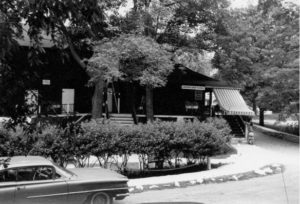
Broadway Comes to Westport
The Westport Country Playhouse is meant to provide artists, students, and entertainers with a place to create and produce live theater experiences away from traditional big city theater districts.
Read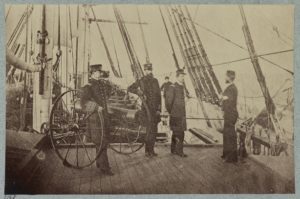
Sloop-of-War Ship’s Figurehead Lands at State Capitol
A figurehead from the USS Hartford currently resides at the Connecticut State Capitol and serves as a reminder of the state’s rich maritime heritage.
Read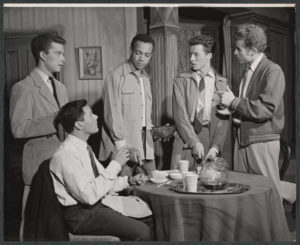
Hartford’s Louis Peterson, Groundbreaking African American Playwright
Hartford’s Louis Peterson was a groundbreaking African American playwright in the 20th century.
Read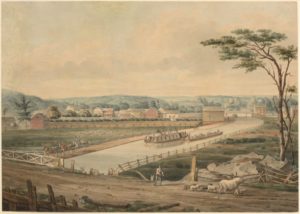
Benjamin Wright: The Father of American Civil Engineering
Benjamin Wright helped build transportation and canal systems in the United States and served as the chief engineer on the construction of the Erie Canal.
Read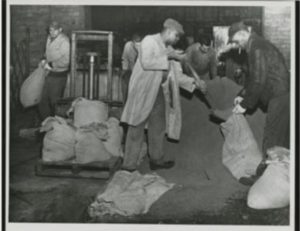
The Flood That We Forget: October 15 and 16, 1955
When we speak of the “Flood of 1955,” we should remind ourselves that two separate floods, one in August and a second one in October, occurred.
Read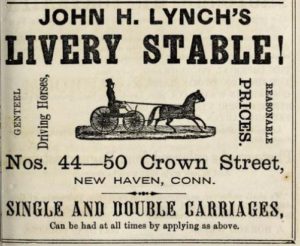
New Haven: What Was Everyday Life Like During the Civil War?
A great primary resource for digging into a community’s everyday life is a city directory.
ReadBeacon Falls Rubber Shoe Company Puts Best Foot Forward
Father and son George and Tracy Lewis not only founded a business together, they also had a hand in more than doubling the population of Beacon Falls.
Read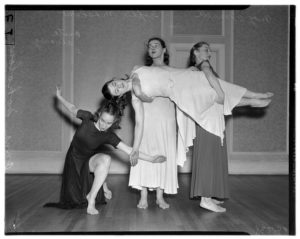
Hartford’s Anna Sokolow, Modern Dance Pioneer
Hartford’s Anna Sokolow became one of the most important figures in modern dance during the 20th century.
Read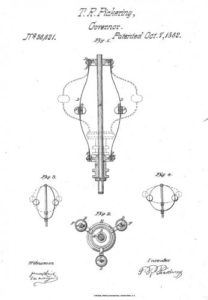
Portland Improves the Steam Engine
Thomas R. Pickering, an engineer, ran a factory power plant in the mid-1800s and made improvements.
ReadMore Articles



